Israel justifies occupation through Zionist ‘Promised Lands’ claim: Which lands?
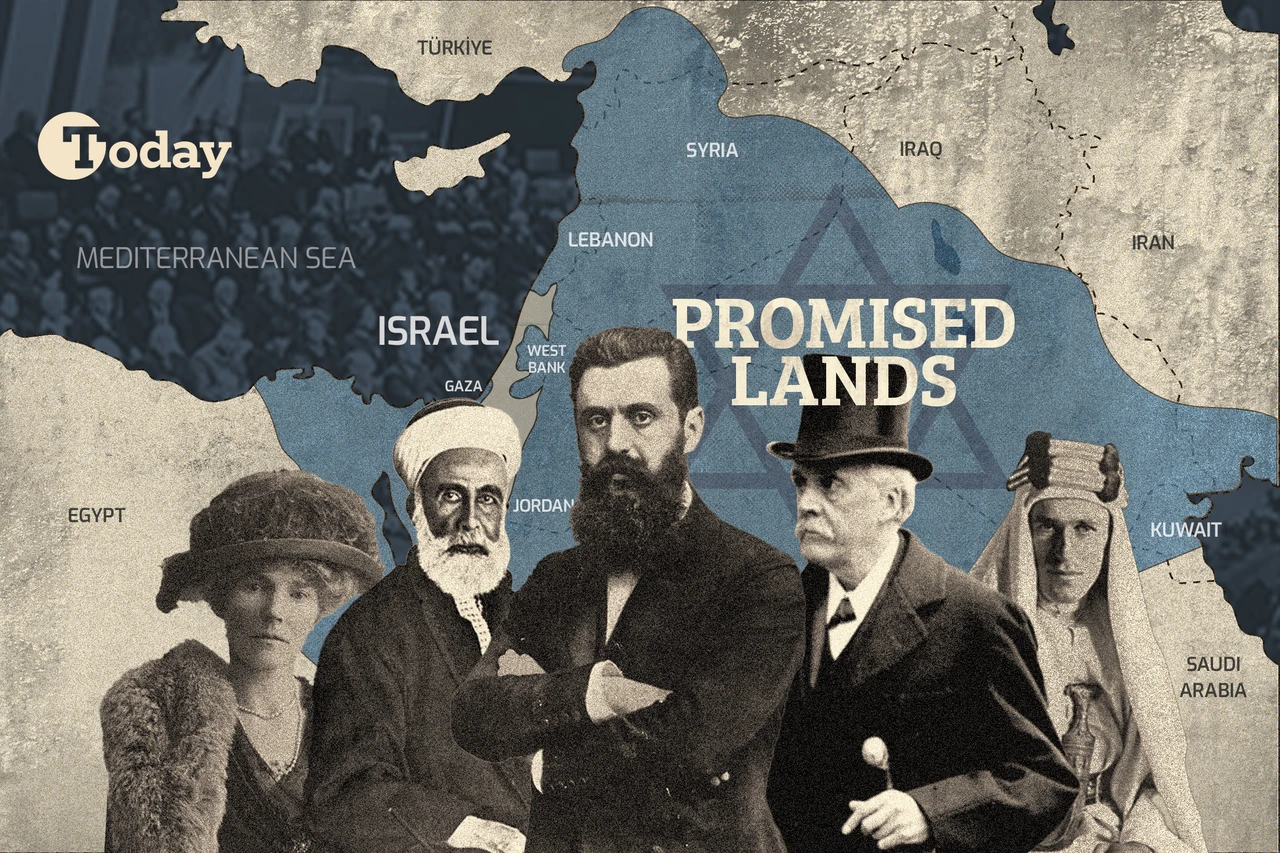 Some of the people who played a role in changing the balance of power in the Middle East and Israel's target borders within the framework of the Promised Land plan, October 1, 2024 (Image by Mehmet Akbas/Türkiye Today)
Some of the people who played a role in changing the balance of power in the Middle East and Israel's target borders within the framework of the Promised Land plan, October 1, 2024 (Image by Mehmet Akbas/Türkiye Today)
The Israeli government’s use of religious rhetoric under Prime Minister Benjamin Netanyahu has led regional stakeholders to interpret scripture more literally. The “Promised Lands” mentioned in the Torah encompasses all or parts of modern-day Lebanon, Syria, Iraq, Egypt, Jordan, Iran, Kuwait and Türkiye.
The religious rhetoric has also included references to Palestinians as “Amalek”, described in the Hebrew Bible as the mortal enemy of the Israelites and grants an absolute right to eliminate them. The use of the term was presented as key evidence by the South African delegation during the inconclusive genocide trial at the International Court of Justice back in January 2024.
Reducing its military operations in Gaza, Israel has shifted its attention to its northern front, Lebanon, despite eliminating Hezbollah’s top military brass across September 2024. Some Israeli military uniforms feature a map of the “Promised Lands,” which has drawn significant attention from the Turkish press due to the inclusion of Turkish territory.

What is ‘Promised Lands’?
The term “Promised Lands” – commonly referred to in Ottoman Turkish as “Arz-i Mev’ud” – has been central to the Zionist movement.
The foundation of the State of Israel was declared in May 1948 under the U.N. Partition Plan for Palestine following acceptance in November 1947. The post-World War II groundwork for Israel’s establishment was laid through the efforts of the Zionist movement emerging in 19th-century Europe under the leadership of Theodor Herzl.
The ideology drew on contemporary secularism, nationalism and anti-Semitism. The religious doctrines of Jewish theology concerning the “Promised Lands” became foundational to Zionist doctrine.
In Hebrew, there are two word for “land”: “מדינה – Mediyna”, which generally refers to a country, and “ארץ – Erets”, which specifically denotes the sacred lands belonging to Israel. The Arabic term “Arz,” which has entered the Turkish language as well, shares its root with “Erets” and appears in Jewish sacred texts as the “Promised Land.”

Concept of ‘Promised Lands’ and Zionism
Judaism is a monotheistic faith, asserting that a singular God created the world. Jews shape their beliefs around the “Tanakh”, the first part of their sacred texts, which is believed to have been attributed to Moses. Judaism also encompasses beliefs in prophecy, the Messiah and the afterlife.
Two doctrines that shape its internal dynamics and distinguish it from other religions are the “Promised Lands” and “chosen-ness.” According to Jewish theology, God granted the land centered around Palestine to the descendants of Abraham.
Questions regarding whether these lands were indeed promised to the Israelites by God, the validity of this promise in sacred texts, and modern Israel’s claims over these territories have led to historical, religious and political debates.
The “Tanakh” refers to these lands with terms such as the Land of Canaan, Ha-Eretz, Eretz Israel and Arz-i Mevud. All these terms point to the same ideology – the Promised Lands. The concept of these lands forms one of the foundations of Zionism and a distinctly modern version of irredentism.
Zionism is a form of Jewish nationalism grounded in sacred texts and religious doctrines. The political emergence of Zionism as a national movement developed gradually, with political Zionism becoming increasingly prominent over time.
Political Zionists claim that God granted the lands between the Euphrates and the Nile to the Jews as mentioned in the Genesis portion of the Torah. By the 19th century, the idea of establishing a Jewish state became prominent as a consequence of anti-Semitism in Europe.

Zionism marked a turning point in Jewish history. To foster a national consciousness among Jews, Zionists revived the Hebrew language and emphasized the historical narrative of the “Tanakh” as a historical account. The “Tanakh”, beyond being a sacred book, narrates ancient Jewish history, which Zionists used in their writings.
By focusing on the history of Palestine, Zionists emphasized the sacred and historical connection between Jews and Palestine, highlighting it as the proposed location for a Jewish state. Zionists even made plans for places like Argentina, Cyprus and Uganda; however, their commitment to the belief in the Promised Lands continued to keep Palestine at the center of discussions.
The first Zionist Congress was held in 1897, and during the sixth Congress in 1903, Palestine was recognized as the most suitable location for establishing a Jewish state.
According to an article titled “Zionism: Return to Zion,” published on the Jewish Virtual Library website, by the late 19th century, Jews in Russia and Eastern Europe, subjected to pogroms, began to migrate to Palestine. However, these Jews were largely unaware of the emerging political Zionism movements. They viewed reaching Jerusalem as a return to their homeland – Zion – and the lands of Israel.
‘Promised Lands’ depicted in Quran
The sacred text of Muslims, the Quran, while mentioning the sacred book of Jews, the Torah, states that the latter scripture has been corrupted. The process of the Israelites, led by Moses, leaving Egypt to reach the territories of present-day Palestine is described in detail in the Quran.
However, Jewish disobedience and polytheism upon entering these lands are interpreted in the Quran as an indication that the promise’s validity became null and void. As narrated in Surah Al-Ma’idah, these lands were prohibited to the Israelites for 40 years and subsequently cursed by God.
‘Promised Lands’ in Jewish sacred texts
In Jewish theology, the Promised Lands is detailed in the Old Testament (Ahd-i Atik), encompassing a vast region stretching from the Nile River to the Euphrates River. These lands were promised to Abraham and his descendants.
However, according to Jewish belief, adherence to God’s commandments is essential for this promise to remain valid. Failure to comply with these conditions would result in the Jews being deprived of the Promised Lands. Nevertheless, as noted in Jewish sacred texts, the Jews have historically failed to adhere to these covenants, rendering their claims over the Promised Lands invalid.

Support for Zionism from European Countries
The goal of establishing a Jewish state in Palestine gained political significance with the convening of the World Zionist Congress in Basel in 1897 under the leadership of Theodor Herzl.
The status of these lands, which were part of the Ottoman Empire before World War I, began to change as the victorious Allied Powers, such as the United Kingdom and France, started to establish their sovereignty in the region in the war’s final years.
Two years before the war ended, in 1916, British diplomat Mark Sykes and French diplomat Francois-Georges Picot signed the Sykes-Picot Agreement, a secret deal aimed at dividing the Ottoman territories between the United Kingdom and France. This agreement divided the Ottoman lands into two direct and two indirect spheres of influence. The agreement foresaw the control of the Palestinian territories under an international regime.
However, it conflicted with the independence promises made to the Arabs in 1915 and 1916. The British laid the groundwork for the Arab-Jewish conflict by making contradictory promises regarding the Palestinian territories to both the Arabs and the Jews.
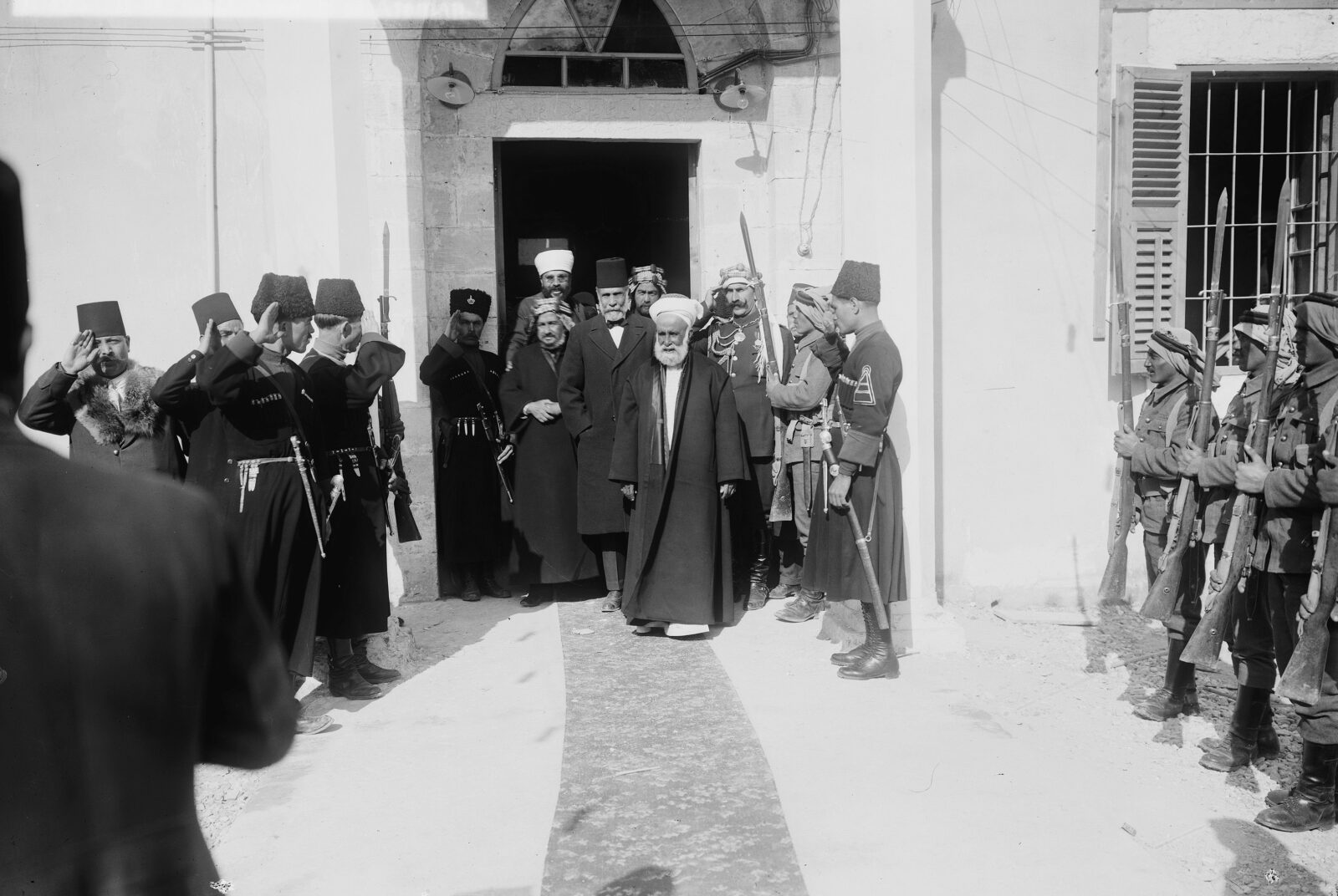
British promises to Arabs
The British promises to the Arabs were based on a series of letters exchanged in July 1915 between Sharif Hussein bin Ali of Mecca and British High Commissioner Henry McMahon in Egypt. In the early 20th century, Hussein, the last Sharif of Mecca, and his sons were prominent figures within the Ottoman Empire. Alarmed by the arbitrary actions of Cemal Pasha, the governor of Damascus, which violated both legal and human rights, Hussein issued two manifestos to draw international attention to these abuses.
When the Ottoman government ignored his warnings, the Committee of Union and Progress labeled him a rebel and sent troops against him, particularly during the Canal Campaign.
Realizing he had to lead the Arab territories to establish a Hashemite Islamic Empire, Hussein raised the banner of independence on June 10, 1916, alongside his three sons. His leadership aimed to liberate Arabs from Unionist oppression. However, not all Arabs responded positively to his call. At the time, about 30% of the Turkish army in World War I consisted of Arabs.
Despite being a Unionist sympathizer, Abbas Hilmi Pasha, the Khedive of Egypt, believed the revolution was due to the Turks’ mistreatment of Arabs rather than British influence. Political maneuvering was crucial to avoid conflict with the British, who initially supported Hussein’s project.
Ultimately, Hussein succeeded in establishing states in Hijaz, Iraq and Jordan, with his sons as leaders. The British and French created mandates in Palestine and Syria, while the British maintained a presence in Iraq and Jordan. The current Jordanian dynasty descends from Hussein. Hussein’s efforts during the Arab Revolt significantly shaped the modern political landscape of the Middle East.
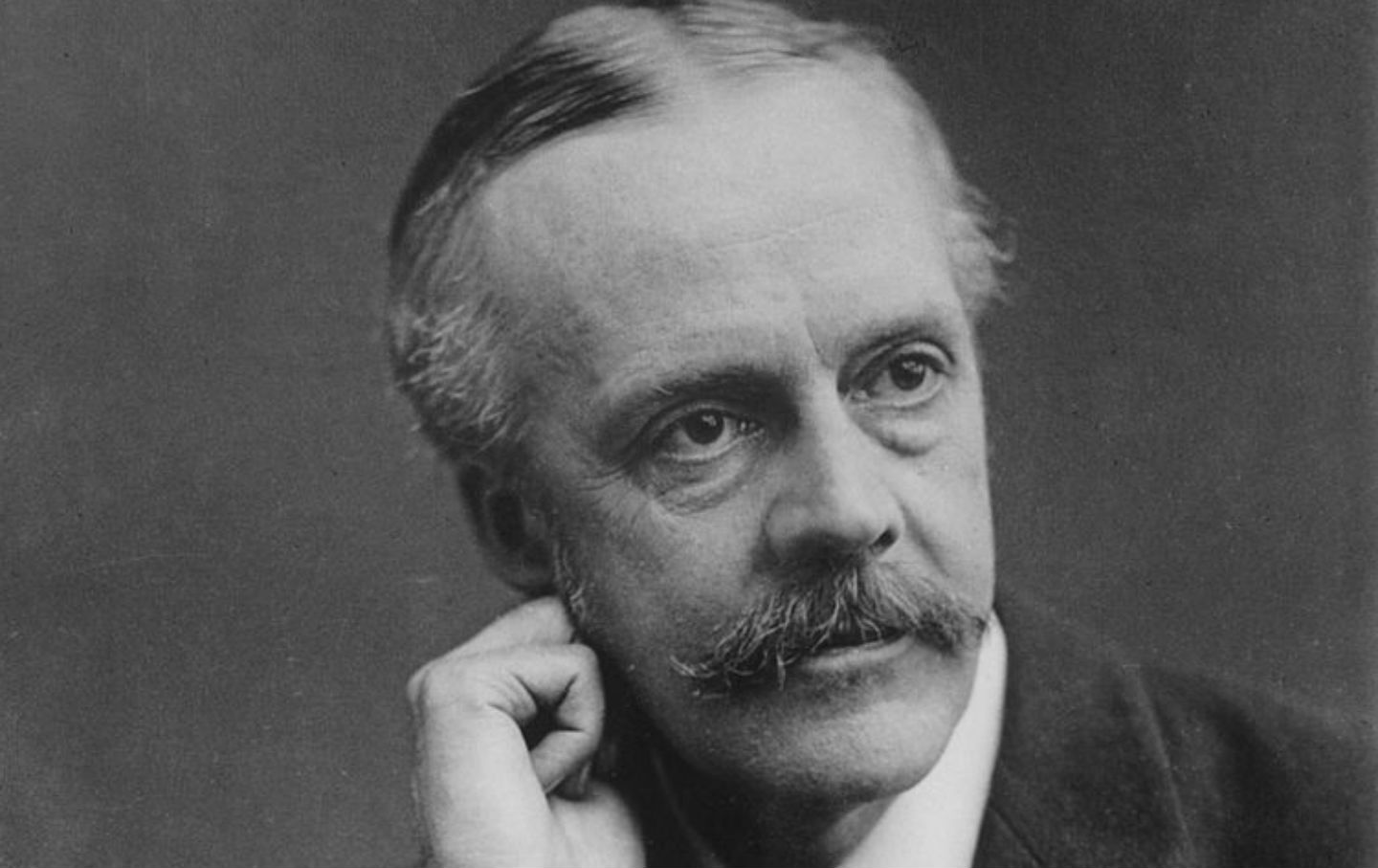
British promises to the Jews
In November 1917, the then British Foreign Secretary Lord Arthur Balfour sent a letter to Lord Baron Rothschild, the main financier of the project and leader of the Zionist movement, proposing the establishment of a Jewish state in Palestine. Although the British later claimed that this declaration did not contain a promise of a state for the Jews in Palestine, it laid a solid foundation for the future establishment of Israel in 1948.
In November 1917, British forces captured Jerusalem, securing control over the Palestinian territories. The San Remo Conference in 1920 officially ensured the removal of Palestine from Ottoman control.
Two years later, on July 24, 1922, the League of Nations recognized Palestine as a British Mandate and demanded the creation of a suitable environment for Jewish immigration and settlement under this mandate. As a result, Jewish colonization of Palestine increased.
After WWII, the U.N. began working on the Palestinian issue. On Nov. 29, 1947, the U.N. General Assembly passed a resolution for the partition of Palestine into two states, which Arab states outright rejected. This resolution laid the groundwork for the establishment of Israel on May 14, 1948.

What is connection of Promised Lands with Türkiye? Which Turkish city is targeted by Zionists?
The issue of the Euphrates River is significant in extending the borders of the Promised Lands to Southeast Anatolia, but the legend that the homeland of the patriarch of the Israelites, Hazrat Ibrahim, is in Sanliurfa also plays a major role. According to the Torah, Hazrat Ibrahim’s birthplace is the city of Ur (Ur Kasdim) in the land of the Chaldeans.
There are many legends and studies regarding the city of Ur (Ur Kasdim) in the land of the Chaldeans. In Jewish and Islamic sources, this city is identified as Urkis, located at Tell Mozan (Mozan Hill) near Qamishli in Syria. Another account suggests it could be one of the Urartian settlements at the foothills of Mount Ararat in Anatolia, while other references mention the city of Kutha at Tell Ibrahim (Ibrahim Hill) in Babylon Province, Iraq. Subsequent research and discussions led to the overshadowing of these other cities, making Sanliurfa in southern Anatolia the most widely accepted location for the city of Ur.
In contrast, in 1927, Sir Charles Woolley, an English archaeologist, claimed that the Ur mentioned in the Torah was a Sumerian city located in Southern Mesopotamia, near the Persian Gulf. Today, this thesis is more widely accepted in the scientific community. However, some still refer to this acceptance as part of the “Greater Israel” conspiracy.
The third aspect connecting Türkiye is the mention of the “Hittites” among the tribes referenced when describing the land of Canaan in the Torah. Although it has not yet been definitively established whether the Hittites in the Torah are the same as those who ruled in Anatolia, the general tendency leans toward considering them as the same people.

Archaeological studies, fabricated history and devastation of Middle East
During that period, many European countries, especially the United Kingdom, sent archaeological teams to various locations in the Middle East to research the lands, tribes and structures mentioned in holy books. It is no coincidence that many of the artifacts discovered during that time are now housed in museums like the British Museum and the Louvre.
Among the teams sent to the region were archaeologists working for intelligence agencies. Notable figures such as Gertrude Bell, who played a significant role in raising the banner of rebellion against the Ottoman Empire in many countries including Iraq and Thomas E. Lawrence, commonly known as Lawrence of Arabia, were part of this effort. These individuals not only contributed to the territorial disintegration of the Ottoman Empire but also laid the groundwork for the establishment of Israel.
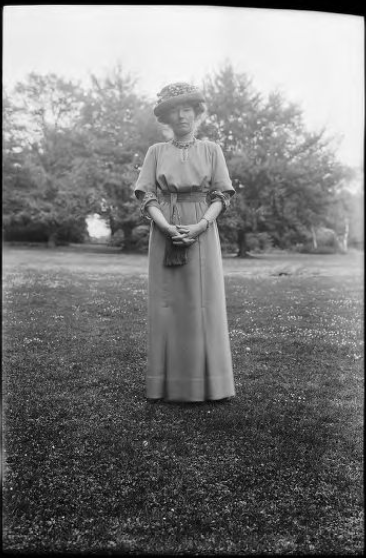
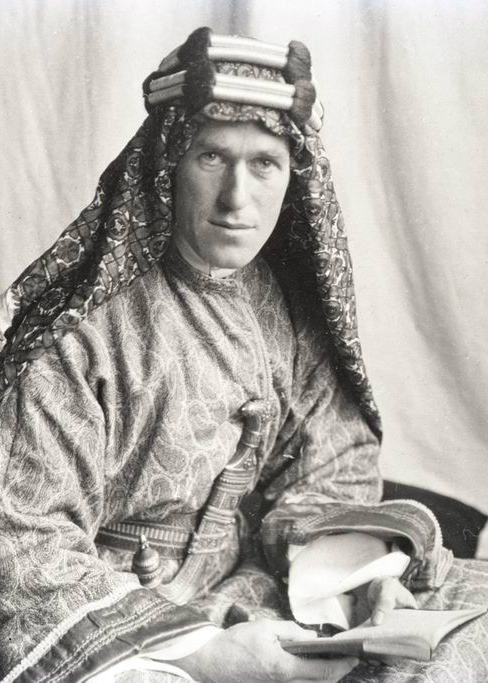
The exploration and discovery of the Holy Lands significantly increased during this time, dominated by William Foxwell Albright, C. S. Fischer, the Jesuits, the Dominicans and others. This period of major developments and activities came to a temporary hiatus with the discovery of the Dead Sea Scrolls at Qumran in 1947 and the subsequent excavations led largely by the French Roland de Vaux, which also supported the British in the establishment of the State of Israel.
Reaching conclusive peace
The establishment of the State of Israel in 1948 demonstrated that Herzl had realized his goal of creating a Jewish state within 50 years. However, broader territorial claims based on the Promised Lands continue to pose a significant obstacle to achieving peace in the region. Zionist ideology persists in settling on Palestinian lands, and this process has become one of the fundamental causes of ongoing conflicts today.
Although the issue of the Promised Lands is open to different interpretations through religious sources, the political and military communication from modern Israel regarding these lands has been shaped in line with Zionist ideology. This situation continues to be a factor that consistently undermines reaching conclusive peace in the region.



